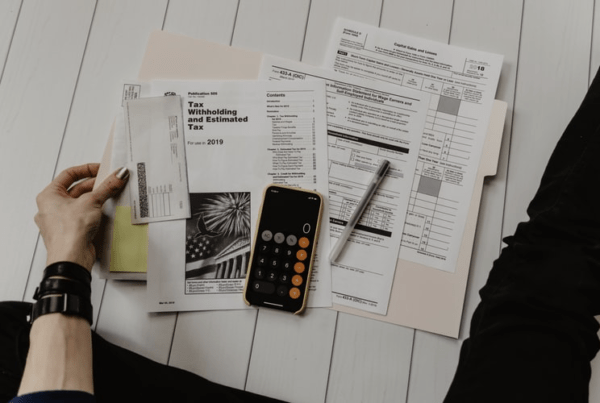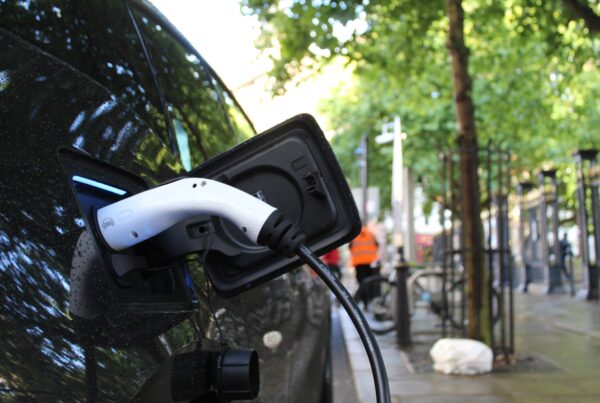Latest Industry News
The Lifetime ISA is a longer-term tax-free savings account that gives you a government bonus of 25% of the money you put in, up to a maximum of £1,000 a year.
As with other ISAs, you won’t pay tax on any interest, income or capital gains from cash or investments held within a Lifetime ISA.
Lifetime ISA providers, authorised by HMRC, may set their own conditions when you sign up for an account, so you should contact them for more information about what they offer.
To open a Lifetime ISA, you must be aged 18 or over but under 40. You must also be either:
- resident in the UK
- a Crown Servant (for example a diplomat or civil servant)
- the spouse or civil partner of a Crown Servant
Lifetime ISAs can hold cash, stocks and shares qualifying investments, or a combination of both.
You can save up to £4,000 a year, and can continue to pay into it until you reach 50. The account can stay open after then, but you can’t make any more payments into it.
Your savings will be kept on a tax-free basis for as long as you keep the money in your Lifetime ISA.
The £4,000 limit, if used, forms part of your overall annual ISA limit. For the 2017 to 2018 tax year, this limit will be £20,000.
Withdrawals and transfers
You can withdraw the funds held in your Lifetime ISA before you’re 60, but you’ll have to pay a withdrawal charge of 25% of the amount you withdraw.
If you transfer your Lifetime ISA to a different type of ISA, you’ll also have to pay a withdrawal charge.
A withdrawal charge won’t apply if you’re:
- using it towards a first home
- aged 60
- terminally ill with less than 12 months to live
- transferring to another Lifetime ISA with a different provider
If you die, your Lifetime ISA will end on the date of your death and there won’t be a withdrawal charge for withdrawing funds or assets from your account.
Saving for your first home
Your Lifetime ISA savings and bonus can be used towards buying your first home without incurring a withdrawal charge if:
- the house is worth less than £450,000
- you’re buying your home with a mortgage
- you use a conveyancer or solicitor to act for you in the purchase, and the funds are paid directly to them by your Lifetime ISA provider
Your Lifetime ISA must be open for at least 12 months before you can withdraw funds from it to buy your first home.
If you have a Help to Buy ISA, you can transfer those savings into your Lifetime ISA or you can continue to save into both – but you’ll only be able to use the bonus from one to buy your first home.
You can transfer the balance of your Help to Buy ISA into your Lifetime ISA at any time if the amount isn’t more than £4,000.
In the tax year 2017 to 2018, you can transfer the total balance of your Help to Buy ISA, as it stands on 5 April 2017, into your Lifetime ISA without affecting the £4,000 limit.
If you’re buying with another first time buyer, and you each have a Lifetime ISA, you can both use your government bonus.
If you buy a house with someone who isn’t a first time buyer, they’ll not be able to use their Lifetime ISA without a withdrawal charge.
For tailored advice on how to best manage your personal and business finances, get in touch with us today and find out about how CBHC can help you do more with your money.









